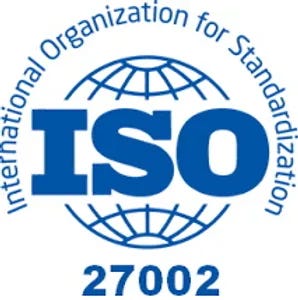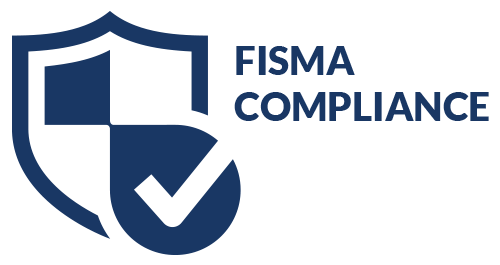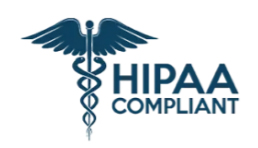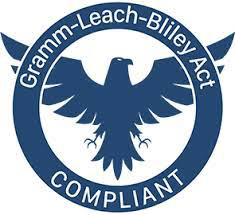- Attempt to collect with your in-house staff.
- Outsource your collections to a reputable agency.
If you’re not sure which way to go, sometimes looking at raw numbers can help you make your decision. What is the real cost of collections?
Look at Debt Timelines
A debt timeline shows you not only how many accounts are overdue, but also how long overdue each account has become. For instance, you might have some customers who are just 15 days late, but you could also have accounts that have reached the 120-day point.
In an interview with Suzanne Kearns for QuickBooks, collections expert Barney Zeng reveals that many companies successfully collect their own debts up to the 30-days-past-due mark. After that, the collection rates drop precipitously.
If your customers consistently pass the 30-day mark without paying, you might consider outsourcing. Otherwise, you risk writing off those unpaid accounts, which can create cash flow issues and establish an unpleasant precedent for your company.
Consider Labor Costs

New employees cost more than you think when you run the numbers.
If you decide to pursue debt collections in-house, employee salary isn’t the only consideration. In fact, if you pay an employee $18 per hour, that same employee actually costs your company an average of $28.80 per hour.
You’re paying for benefits, physical space in your office, internet bandwidth, and more. When you outsource your collections needs, you don’t incur those ancillary costs. Another cost to consider is the materials and postage needed to send follow-up statements. Paper, envelopes, ink, postage, etc. all start to add up when you’re sending the same person several statements to follow-up on past due accounts.
If your in-house efforts successfully recoup 100 percent of your unpaid accounts, you might consider the costs worth the upside. However, that’s rarely the case. For one thing, you have to train your employee to make collection calls, write collection letters, and speak persuasively with delinquent clients. Even after investing that time and money, you can’t guarantee that your collections employees will prove successful.
Forecast Legal Expenses
The laws surrounding debt collection change regularly. If your company doesn’t remain in compliance with those laws, you could face fines, litigation, or industry censures, all of which are way more costly than your initial expense to collect.
Some experts estimate that litigation costs amount to about one-third of total profits for a company. Can you afford to give up 33.3 percent of your total profits for the last year?
If you’re forced to defend your business in court (or agree to a settlement), you’ll further reduce your cash flow. Worse, you could lose your entire business if it isn’t strong enough to bear the brunt of litigation costs.
That’s why you shouldn’t just pick a debt collection agency out of the Yellow Pages. You need to work with a professional company that not only understands industry compliance but also follows it religiously.
Regardless of your industry, you need help maximize revenue and create consistent cash flow. Debt collection is just one facet of that process, but it can prove significant for many companies.
If you’re ready to start collecting more cash on the debts your customers owe, we’re here to help. Please contact us to discuss our low rates, our commitment to industry compliance, and our stellar track record in collections.
Want to learn more about TSI? Fill out the form and a TSI representative will contact you shortly.
